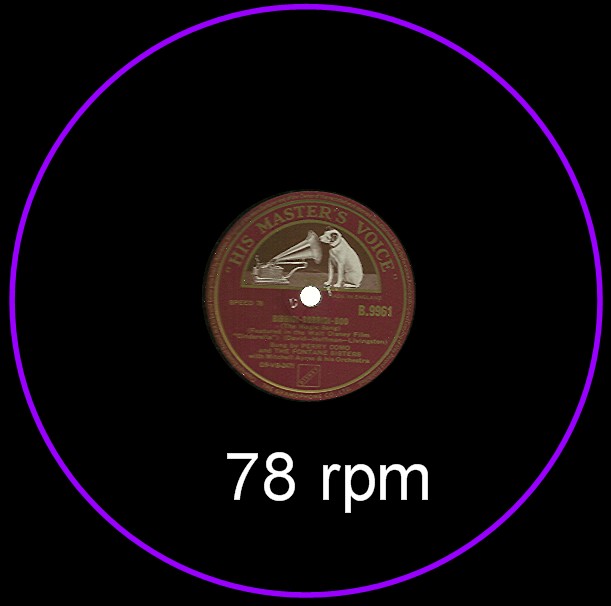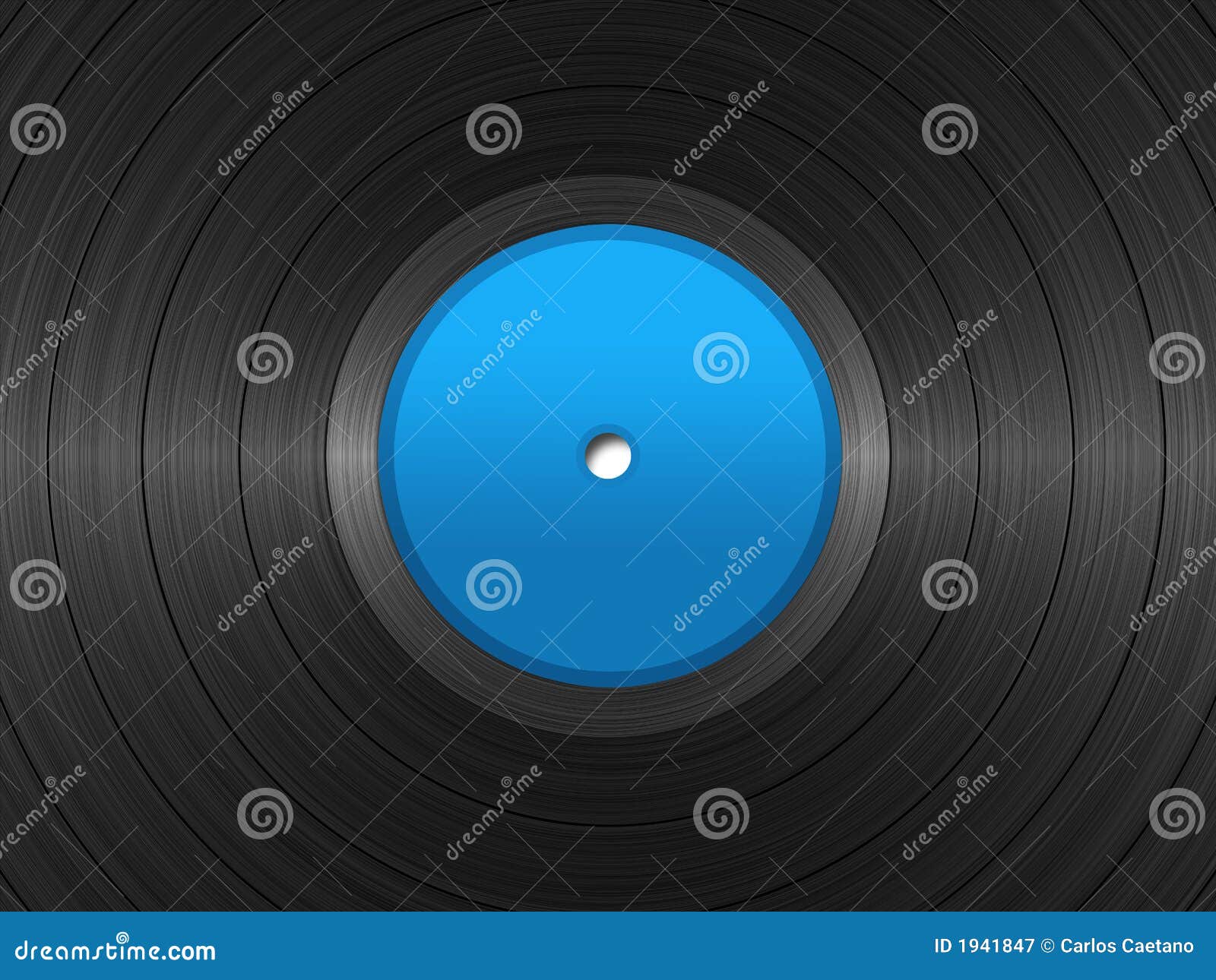
“But why are there two different versions, and what does this mean for the speed?” I hear you ask. A belt-drive record player has the motor offset which is connected to a spindle via a belt which then rotates the main platter – kind of like a pulley system. In very simple terms, direct-drive record players have the motor directly under the platter that rotates the platter from straight underneath. This helps determine the turntable speed. The type of drive your record player has is how the motor, which powers the movement of your record player, is connected to the system. (If you do want a bit of fun, however, some 45s can sound better slower… check out this article).ĭepending on which record player you have, you will either have a switch that you can flick to play at a speed of either 33 ⅓ or 45 RPM, or you may have to manually move the belt underneath the platter if you have a belt-drive system rather than a direct-drive system.
Ils 33 rpm movie#
If you play a 7 inch single at 33 ⅓ RPM, you will be transported to something in the realms of a horror movie as vocals linger and drawn out sounds feel muffled and distorted due to the slower speed. As you may know, if you put an LP (12 inch) on a record player at a 45 RPM speed, it will be going too fast and therefore all the music will sound like The Chipmunks.

Got the basics? Good! But how can they both play on your record player? Well, your record player is probably quite clever, and can easily switch from one turntable speed to the other to accommodate playing either a 45 RPM record or a 33 ⅓ speed record. Because of this, 7-inch records are perfect for releasing singles which can house a couple of tracks on each side. 45 RPM (7 inch) records are smaller in size and cheaper to produce, and can house around 5 minutes per side.
Ils 33 rpm full#
"Carry Me Back to Old Virginny", Alma Gluck early 1900's.Due to the listening time of around 22 minutes, 33 ⅓ RPM (12 inch) records are primarily used for LPs (Long Play Records) which house full albums split over 2 sides. The first million-selling "Gold" record was The earliest inklings of a "popular" format radios in automobiles becoming widespread (all-tubed, at that.) Shellac 78's hung on 'till the early-mid 1950's. Columbia, wisely, bought into the 45 RPM format for "singles." I'm guessing they also recognized what was happening with radio broadcasting by this time. RCA caved in early 1950 and bought into the LP model. 45) A year-long speed war resulted, with record stores facing major inventory problems with now 3 speeds available. Shellac was replaced by Vinyl (read: unbreakable) and the Microgroove cutting process (read: Long Playing.)Īs Jc2000 notes, RCA, clueless and footdragging, introduced in February 1949, the 45 RPM. This product was a breakthrough on two fronts. With a longstanding rivalry with RCA, these companies had R&D departments in those days. The 12" 33.33 RPM came about in June 1948 by Columbia Records. I think this is when the disc size went to 16" ("transcription" size). The 33.33 RPM was maintained for recording radio broadcasts until tape recorders appeared in the early '50's (1947 by another account.). This system was soon replaced by the optical soundtrack placed directly on the film. These were still Direct-to-Disc recordings using wax masters.) Probably had a little mistracking here and there. I can only imagine what was used for pickups in those times. (11 minutes on a 20" disc probably had some *serious* levels and groove modulations. The drive gear was increased to 54 tooth resulting in 33.33 RPM. ( I believe 12", 4.5 minute 78's came later.) To get the required 11 minutes play time, a speed of 1/2 of 78 was sought.

or what speaker cables were used.) A single 35mm film reel ran for 11 minutes, the 10" 78 ran 3 minutes. The earliest ones had the sound track on a 33.33 RPM disc that was synched with the projector. Motion picture "talkies" using their Vitaphone System were developed. The reason was that a 3600 RPM synchronous motor w/ a 46 tooth worm gear drive resulted in a platter rotation of 78.26088 RPM.Īt about the same time, a Bell subsidiary called Western Electric was active.

(RCA)Victor was the big dog then, they were the first customer for the new electrical equipment, and they said 78 RPM was it. Not a consumer problem, since playback machines had speed adjustments. Prior to that, individual record companies had their own speed standards, ranging from 78 to 82 RPM. The answer - at least for 78.26 RPM - goes way back to around 1925, when it was standardized primarily due to the advent of electrical recording technology by Bell Labs.


 0 kommentar(er)
0 kommentar(er)
